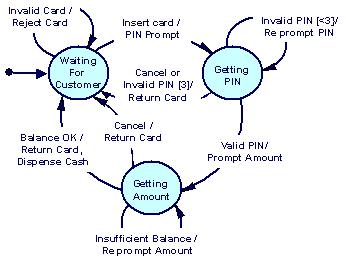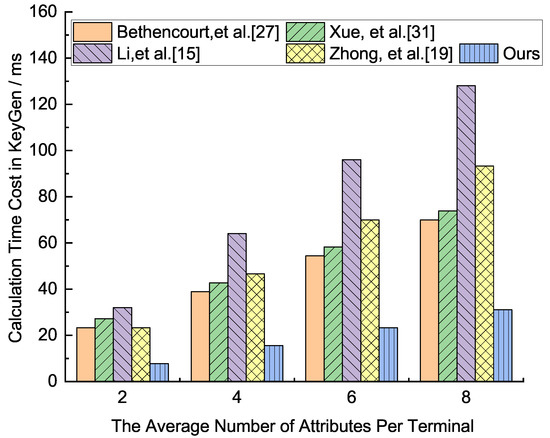
A better solution is to decrease the inductance or increase the capacitance in the circuit to bring the response into the damped regime.Įxample transient signal analysis results Schematic vs.
Icircuit app transient analysis series#
One solution here is to add some series resistance at the source to increase the damping. The transient response in the current exhibits serious overshoot and undershoot as the response is underdamped. In this circuit, we’ve assumed that the initial conditions were left unspecified. An example for a switching digital signal is shown below. Once you run the simulation, you’ll be presented with an output that overlays the input signal and the output, allowing you to see exactly how different changes in signal levels produce a transient response. Simple circuit simulating a drop in the input voltage for transient signal analysis in Altium Designer If the initial conditions are not specified, then it is assumed that the voltage and current are zero at t = 0. This assumes that, at time t = 0, the circuit was initially in the steady state (i.e., there was no prior transient response in the circuit). This defines the state of the circuit at the instant the driving signal fluctuates or the driving waveform is turned on. You can also account for the finite rise time of a signal as it switches between two levels. You can consider driving with a sinusoidal signal or an arbitrary periodic waveform. This can involve a change between two signal levels (i.e., a switching digital signal), a droop or spike in the current input signal level, or any other arbitrary change in the driving signal. This defines the change in the input voltage/current level that induces a transient response. This requires accounting for two aspects of your circuit’s behavior:ĭriving signal. In terms of a circuit simulation, you can run a transient signal analysis simulation directly from your schematic.

The other method for transient analysis involves taking the Laplace transform of the circuit to identify the circuit’s poles and zeroes. These and other methods are integrated into SPICE-based simulators and do not need to be called explicitly. This type of simulation solves Kirchoff’s laws for a circuit in the time domain using the Newton-Raphson method or numerical integration methods, depending on the form of the circuit being simulated. The simplest way to explore transient signal analysis and examine the behavior of your circuits is with a time domain simulation. Tools for Transient Signal Analysis in the Time Domain These responses are easy to see in the output from a time domain simulation.You can perform transient signal analysis directly from your schematic using a SPICE simulator.

Underdamped: a decaying, oscillating response Overdamped: a slow decaying response with no oscillationĬritically damped: the fastest possible decaying response without oscillation The transient response in a time-invariant circuit without feedback falls into one of three regimes: If these types of manipulations are not your specialty, don’t fret you can examine transient behavior in the time domain with a SPICE-based circuit simulator.


In my opinion, you can easily determine the type and existence of a transient response using the Poincare-Bendixson theorem, which can be easily worked out by hand for any set of coupled equations. The transient response can be determined in a number of ways. Defining Transients in Circuit Designįormally, transients might occur in circuits that can be written as a set of coupled first order linear or nonlinear differential equations (either autonomous or non-autonomous). You won’t even need coding skills if you use the right design software. Instead, you can conduct time domain transient signal analysis during schematic design using a simulator. More complicated circuits can be difficult to analyze by hand. Transient signal analysis in simple circuits can be examined and worked out by hand, allowing you to plot the transient response as a function of time. You can determine which design steps to take on the road to designing the perfect circuit with transient signal analysis. A transient response in an interconnect and on power rails in your PCB is a source of bit errors, timing jitter, and other signal integrity problems. One of the first topics that was discussed was damped oscillator circuits and transient signal response, which arises in many different physical systems. I still remember my first differential equations class. You can perform transient signal analysis with any of these circuits with the right simulator.


 0 kommentar(er)
0 kommentar(er)
